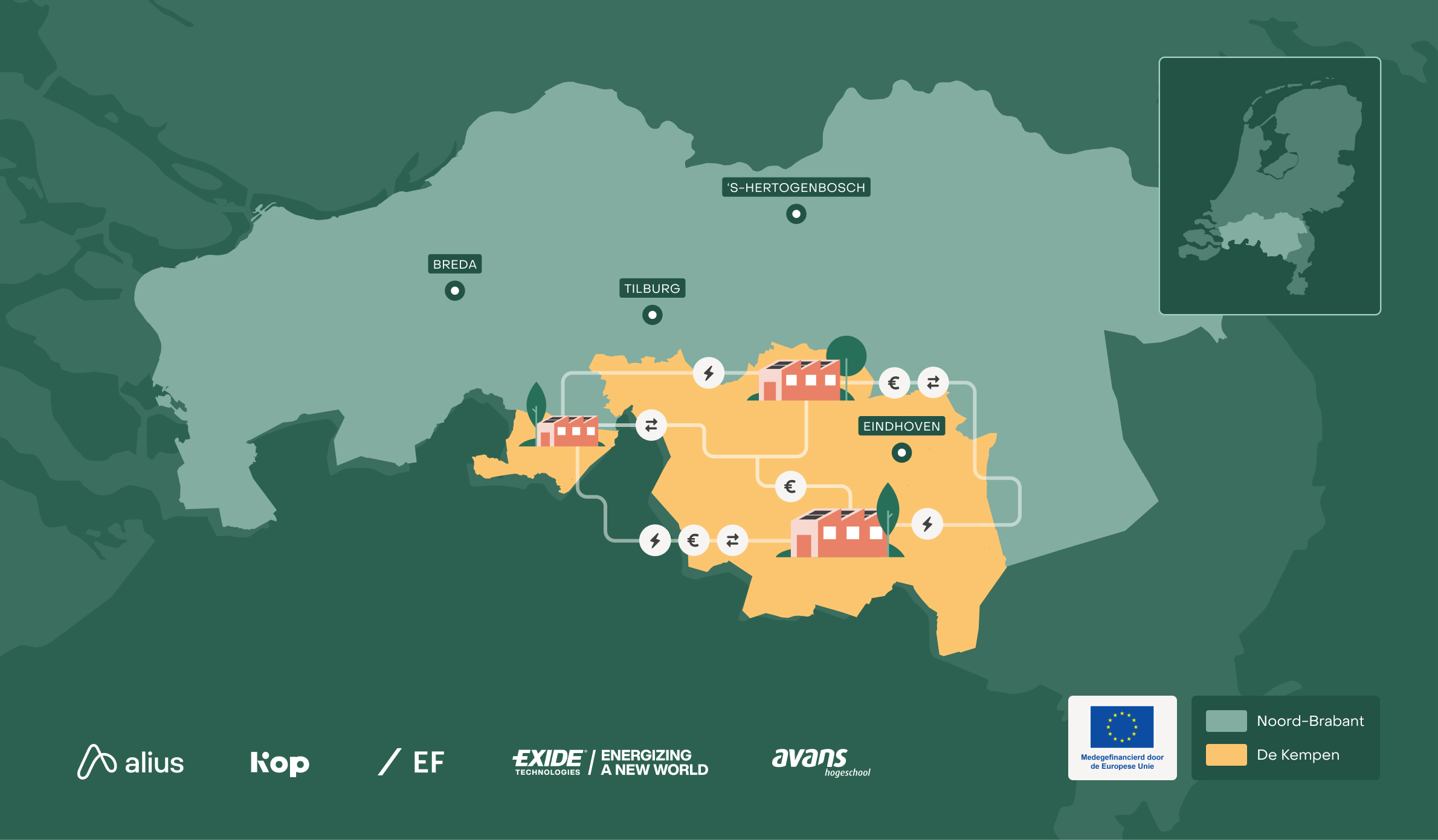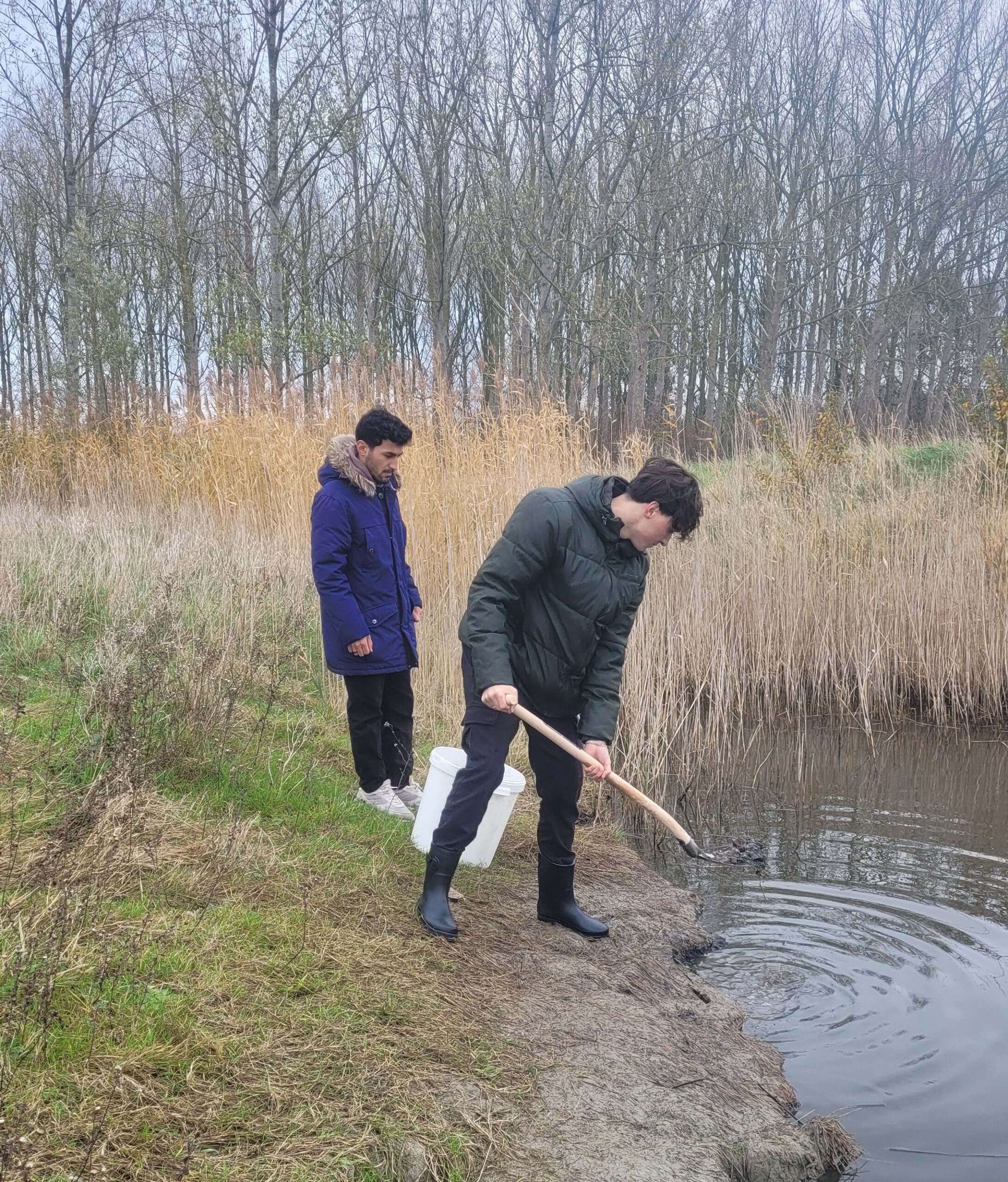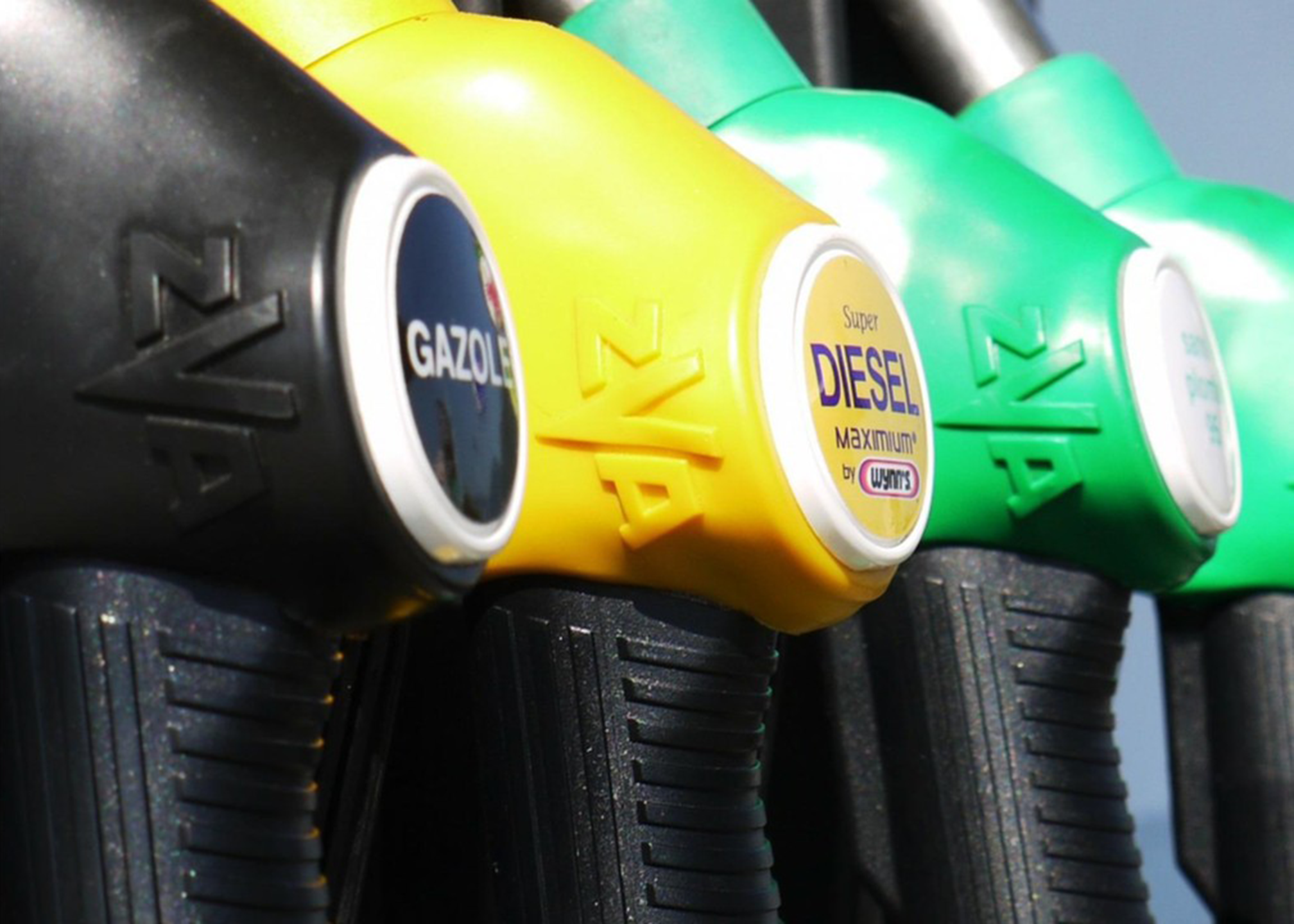Grid congestion — what was that again?
In the Netherlands, there are times when more electricity is demanded or supplied back than the grid can handle. As a result, the cables literally get “full.” Imagine the electricity grid as a highway and energy as the cars driving through the cables. When too many cars (energy) drive on the highway (cable), traffic jams form. With energy, this leads to waiting times for new connections, limits on feeding back solar power, and sometimes even power outages. The problem mainly arises from the rapid growth of renewable energy sources such as solar panels and wind turbines, combined with the increasing demand from heat pumps and electric vehicles. The goal, then, is to prevent the “roads” from filling up too quickly. Grid operators are working hard on grid reinforcement, but that can take years — it’s like having to widen highways before letting extra cars through.
Insights from practice
Students visited business parks in Bergeijk and Eersel to talk with local entrepreneurs who are setting up an Energy Hub as part of the OPZuid project Kempen Energy Hub. An Energy Hub is a type of Local Energy Community (LEC) at a business park. Not theory-based, but using an innovative method: Participatory Action Research (PAR). This approach focuses on working together, listening, and co-creating practical solutions. In open conversations, entrepreneurs shared their experiences, followed by an exercise in which they ranked their own priorities. The result? Valuable insights from real-world practice. The key lesson: Energy Hubs only work if they truly become a community. That requires collaboration that goes beyond profit, creating space for trust, transparency, and mutual support. Only then can energy truly be strengthened together.
From isolated plans to powerful collaborations
With three steps, students opened the door to local energy initiatives that are not only sustainable but also genuinely supported by their communities.
-
Build a real community and strengthen partnerships: It’s about people coming together around a shared vision of the future. Bring together entrepreneurs, residents, and other stakeholders who believe in mutual growth — not only economically, but also socially.
-
Ensure shared understanding and open communication: Clear, transparent communication fosters trust and prevents noise. That way, people can truly work together toward the same goal.
-
Share decision-making through participatory governance: Give entrepreneurs and other stakeholders an equal say. Let them contribute ideas and co-decide. Only then will people feel ownership, and the community will truly come to life.
From obstacles to solutions
A second student team used PAR to dive into the barriers to energy sharing at the business parks in Eersel and Bergeijk. How can we really get energy sharing moving? They identified four bottlenecks and just as many solutions, all focused on strengthening sustainable collaboration between companies, grid operators, and other stakeholders.
-
Regulations slow things down: Complex policies, slow decision-making, and bureaucracy stand in the way of energy sharing. Solution: Look at what works in countries like Denmark and Norway and, together with the Dutch government, develop smart, practical approaches that do make energy sharing possible.
-
Technical hurdles on the grid: Outdated infrastructure, limited storage, and staff shortages at grid operators make energy sharing difficult. Solution: Invest in talent and knowledge. Recruit technicians and engineers for Energy Hubs and launch practice-oriented training with local technical schools. This builds both capacity and the future.
-
Financial obstacles: High upfront costs and a lack of incentives make it hard for small and medium-sized enterprises to invest in energy sharing. Solution: Mobilize trade unions, local governments, and companies to lobby for private and public investments. Launch information campaigns and collaborative projects that highlight both the economic and societal benefits.
-
Poor communication: Insufficient information and poor communication between companies and grid operators lead to mistrust and uncertainty. Solution: Develop an online platform for entrepreneurs with a participation checklist, a step-by-step application portal, video tutorials, and an FAQ section.
Plug into the socket
Plug your device into the socket and you instantly have power. But what if that flow gets stuck? Smart approaches are needed to get the energy — literally and figuratively — moving, so the energy transition doesn’t stall. Energy Hubs could be part of the solution: in these Hubs, participants generate their own energy and share and manage it locally, creating efficient, sustainable, and socially strong energy systems. Unfortunately, too often Energy Hubs still get stuck in the planning phase, preventing them from reaching their full potential. That’s a strong reason for students and researchers from MNEXT and Tilburg University to explore the barriers and break them down for a more sustainable world.









